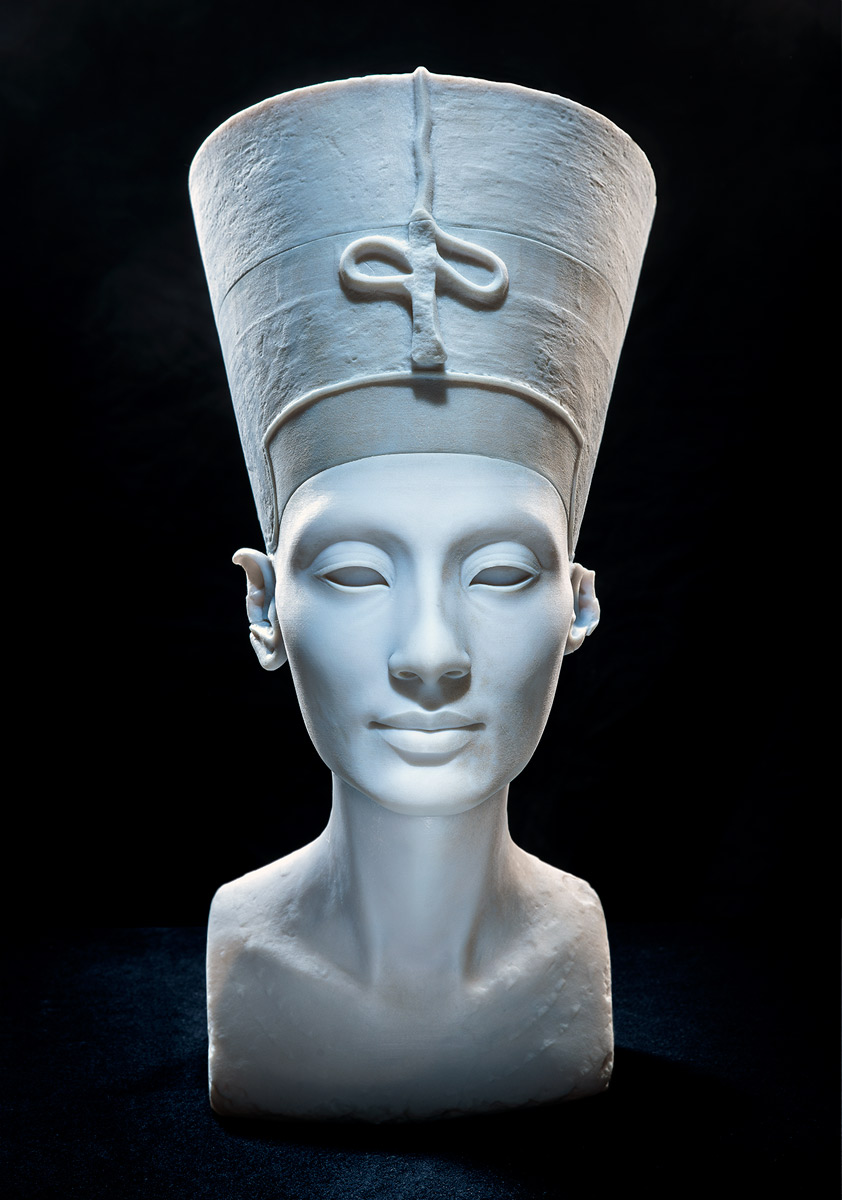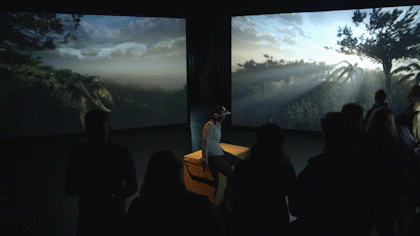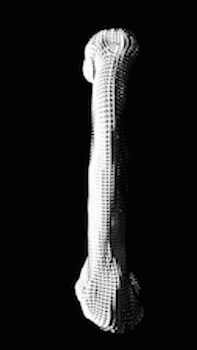
The Other Nefertiti
2015, digital object + artistic intervention + 3D print + video
This project was developed and implemented in collaboration with the artist Nora Al-Badri.
As a counter-intervention to imperial cleptomaniac continuities in European museums, we scanned the head of Nefertiti clandestinely in the Neues Museum Berlin without the permission of the Museum by using a portable scanner - a hacked Kinect.
nefertitihack, 2015, doc video
public accesses
#nefertitihack
You can find the 3D model here and download it, study, or remix it. The 3d data is licensed under a Creative Commons Attribution-ShareAlike 4.0 International License
.obj file [≠20MB]
> direct download
.stl file as a torrent
> torrent download
“The Other Nefertiti” talks about decolonizing our minds, democratizing culture, and activating artifacts. We strived to make this cultural object publicly accessible and to promote a contemporary and critical approach to how the so-called “Global North“ deals with heritage and the representation of “the Other.” We should tell stories of entanglement and deconstruct them. Nefertiti is an excellent case for telling stories that differ from the dominant narrative and seeing how they intertwine.
The data of the Nefertiti existed for seven years but was never publicly released by the Neues Museum. Two months after, we released the data, as .stl-file with a density of 9mil polygons during the Chaos Computer Congress 32C3, and the number of downloads exceeded 100k times soon after. A video documenting the secret scanning went viral, and the dataset was shared and remixed countless times.
„Artists ‘steal’ Queen Nefertiti bust by secretly scanning and releasing 3D printing data online. The scanning was an act of protest against Western museums taking artifacts from abroad and claiming them as their own.“
The Independent
After obtaining the data at the Neue Museum in Berlin and before releasing the data in the public domain; we 3D-printed the bust with the industry’s highest standard in accuracy and detail with a deviation of 0.02 mm. The print was brought to Egypt and exhibited in Cairo, as an analog embodiment, which materially contains all information and details of the original. With the result of Nefertiti on display for the first time in Egypt. The object was not a strict copy as a perfectly painted replica, which only mimics the original, but as cultural storage, which does not try to conceal its origin as a technological reproduction but embraces the value of the inherent information.

The Other Nefertiti, photograph of 3D Print
The Other Nefertiti, .gif (3D render) infinite loop



